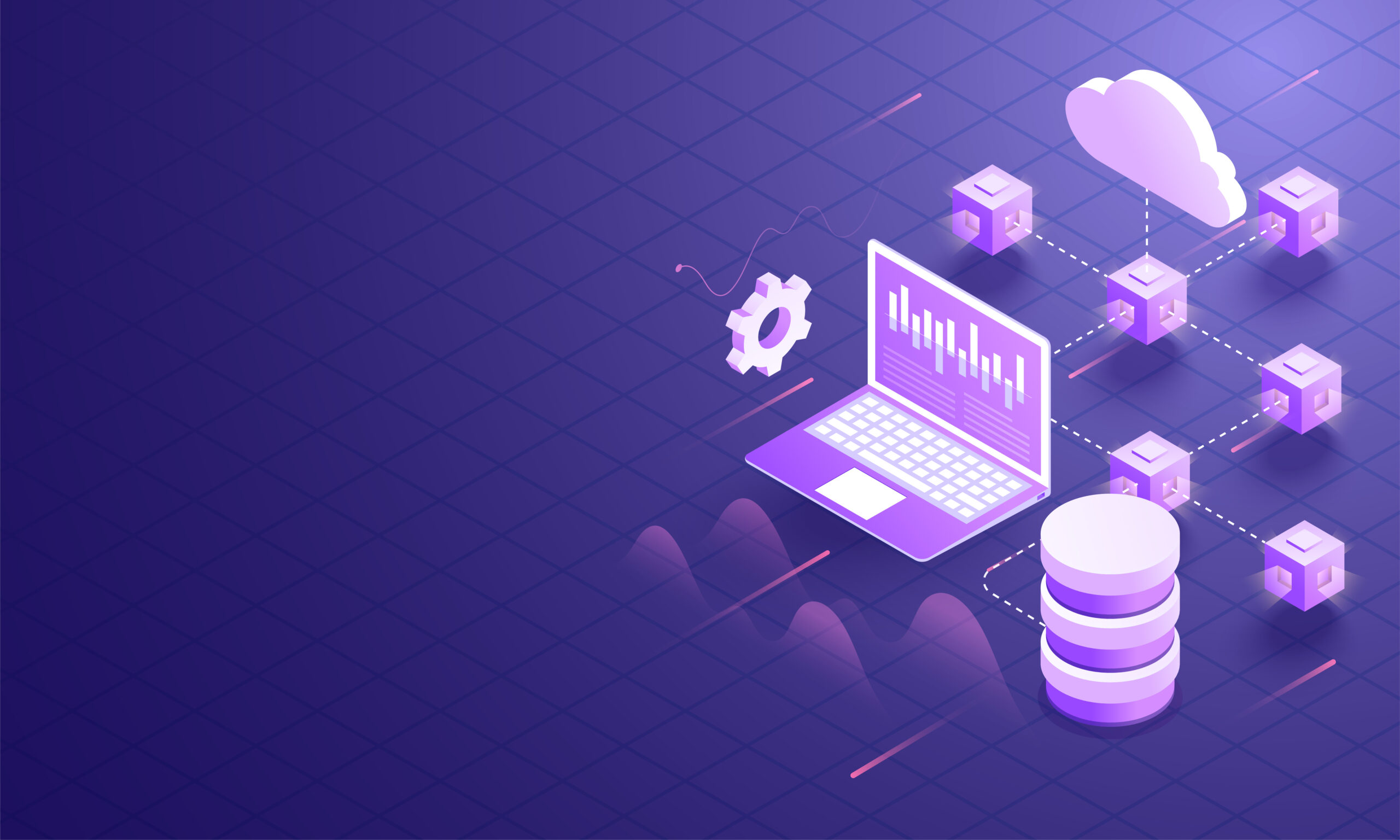Services
Infrastructure
Infrastructure
Every firm must be a data-driven digital enterprise, capable of leveraging artificial intelligence, machine learning, the Internet of Things, edge computing, and more. Your organization may evolve and thrive with our IT infrastructure and workload solutions, which are supplied on-demand, as a service.


What we offer
Information technology infrastructure management (ITIM) involves the coordination of IT resources, systems, platforms, personnel, and environments. These methods of technological infrastructure management are the most common:
OS administration: Provides content, patch, provisioning, and subscription management for environments running the same OS.
It allows cloud administrators to manage resource deployment, use, integration, and disaster recovery.
IT professionals who manage virtual environments and the underlying physical hardware.
This is the activity of modeling, evaluating, and optimizing business processes that are recurring, on-going, or cyclical.
It allows cloud administrators to manage resource deployment, use, integration, and disaster recovery.
IT professionals who manage virtual environments and the underlying physical hardware.
This is the activity of modeling, evaluating, and optimizing business processes that are recurring, on-going, or cyclical.
Creates repeatable instructions and processes to replace or eliminate human contact with information technology systems (IT). Infrastructure automation is another term for this.
Automation of container deployment, management, scaling and networking.
The management of computer systems, servers, and software configuration.
Manages the application programming interfaces (API) that connect programs and data across companies and clouds by distributing, controlling, and analyzing them
To identify and assess risks, as well as to design plans to minimize or control such risks and their possible repercussions, risk management is essential.
Automation of container deployment, management, scaling and networking.
The management of computer systems, servers, and software configuration.
Manages the application programming interfaces (API) that connect programs and data across companies and clouds by distributing, controlling, and analyzing them
To identify and assess risks, as well as to design plans to minimize or control such risks and their possible repercussions, risk management is essential.
